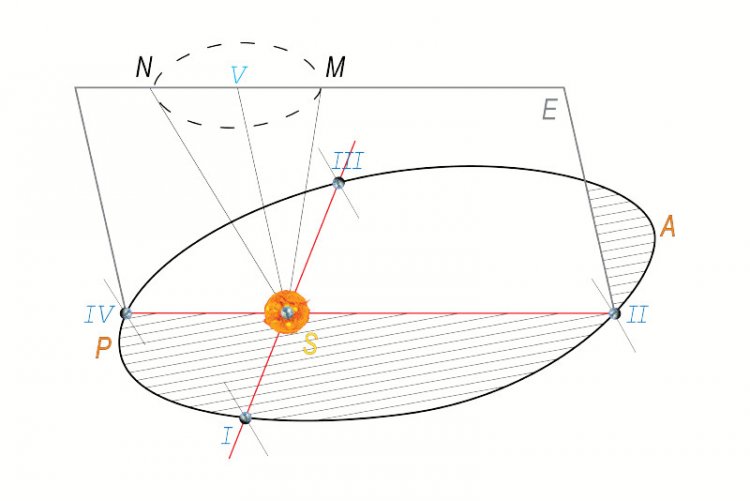On May 29, 1879 Milutin Milankovic (1879-1958), Serbian mathematician, astronomer, geophysicist, engineer, and writer, was born.
Milutin Milankovic was born in the village of Dali, which was part of Austro-Hungarian Empire at that time. Having finished school and graduated from the institute, the young scholar started dealing with construction sciences. On December 12, 1904, he defended thesis Contribution to the Theory of Pressure Curves (Beitrag zur Theorie der Druckkurven). His paper allowed for assessing the form and properties of pressure curves with constant pressure applied, which is helpful for building bridgework, cupolas, and abutments. Later, the scientist patented a new type of ribbed reinforced-concrete ceiling and published research paper about armored concrete Contribution to the Theory of Reinforced Armored Pillars. The scholar has the total of 6 patents, which helped him earn a good professional reputation.
The Serbian scientist continued to practice civil engineering in Vienna until 1909. Later, he concentrated on fundamental research being offered the chair of applied mathematics at the university of Belgrade.
His academic interest lay in the mystery of Ice Age, which many scientists had already tried to solve in their papers – climatologist Julius von Hann, astronomer John Herschel, and geologist Louis Agassiz. Milankovic sought the solution of this global problem in the field of spherical geometry, celestial mechanics, and theoretical physics.
He began working on it in 1912, after he had realized that “most of meteorology is nothing but a collection of innumerable empirical findings, mainly numerical data, with traces of physics used to explain some of them... Mathematics was even less applied, nothing more than elementary calculus... Advanced mathematics had no role in that science…”
He published the first paper on the subject entitled Contribution to the Mathematical Theory of Climate in 1912, while a year later, his paper Distribution of the Sun’s Radiation on the Earth’s Surface was published. He worked out a mathematical theory describing the climatic zones of our planet. His global goal lay in an integral and mathematically precise theory linking thermal regimes of the planets with their movement around the Sun.
Looking for a mathematical model of cosmic mechanism for describing the climatic and geological history of the Earth, the scholar published article About the Issue of Astronomical Theory of Ice Ages. However, the cosmic mechanism was not an easy problem, and Milankovic took three decades to develop an astronomical theory.
The scientist continued his research even after being arrested during the First World War. He described his first day in prison, where he waited to be taken to the Esseg Fortress as a prisoner of war, in the following words:
“The heavy iron door closed behind me... I sat on my bed, looked around the room and started to take in my new social circumstances… In my hand luggage that I brought with me were my already printed or only started works on my cosmic problem; there was even some blank paper. I looked over my works, took my faithful ink pen, and started to write and calculate...When after midnight I looked around in the room, I needed some time to realize where I was. The small room seemed to me like an accommodation for one night during my voyage in the Universe.”
The contribution of Milankovic to the world science was expressed in two papers: Canon of the Earth. Insolation describing the climate of planets of the Solar System and the one known as Milankovic Cycles.
Milankovic Cycles
The scholar stood at the origins of planetary climatology based on the calculations of temperature in the Earth upper atmosphere. And temperature conditions on the inner planets of Solar System. He demonstrated the interrelation between celestial powers and earth sciences, as well as ensured successive transition from celestial mechanics to earth sciences and transformation of descriptive sciences into exact ones.
Milutin Milankovic was the author of textbooks Celestial Mechanics (1935) and History of Astronomy (1948), member of German Academy of Natural Scientists Leopoldina, and member of Serbian Academy of Sciences and Arts (1924).
Photo on the page and on the home page: Jongsun Lee / Photo bank Unsplash






















